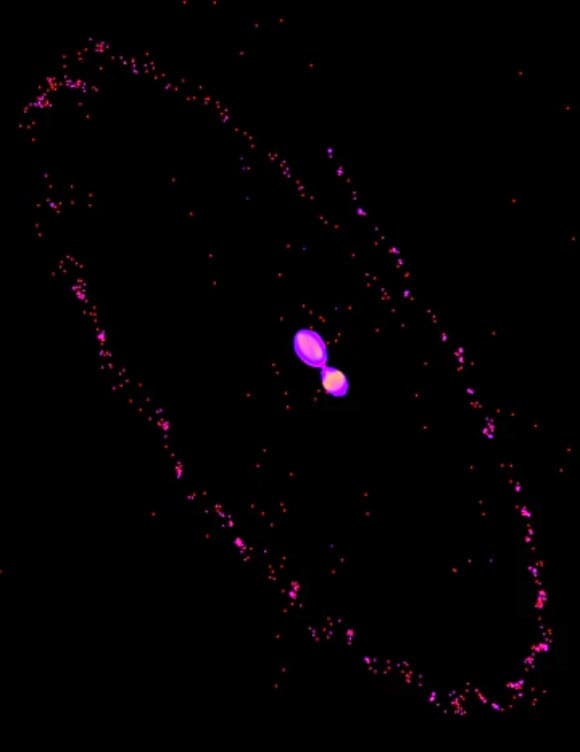Planetary scientists at the University of Arizona say they have discovered an entirely new type of cosmic collision.

Support authors and subscribe to content
This is premium stuff. Subscribe to read the entire article.
Login if you have purchased

Planetary scientists at the University of Arizona say they have discovered an entirely new type of cosmic collision.

This is premium stuff. Subscribe to read the entire article.